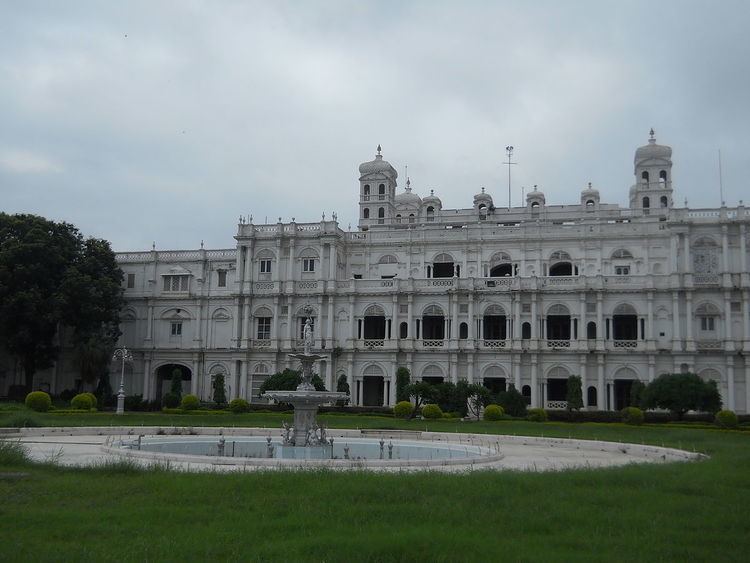Completed 1874 Opened 1874 | Size 1,240,771 square feet Phone 0751 237 2390 | |
 | ||
Cost ₹1 Crore Rupees in 1874Now about ₹100 Billions Hours Closed now Saturday10AM–5PMSunday10AM–5PMMondayClosedTuesday10AM–5PMWednesday10AM–5PMThursday10AM–5PMFriday10AM–5PM Similar | ||
The Jai Vilas Mahal (Hindi: जय विलास महल), also known as the Jai Vilas Palace), is a nineteenth century palace in Gwalior, India. It was established in 1874 by Jayajirao Scindia, the Maharaja of Gwalior and is still the residence of his descendants the former royal Maratha Scindia dynasty.
It is a fine example of European architecture, designed and built by Sir Michael Filose. A combination of architectural styles, the first storey is Tuscan, the second Italian-Doric and the third Corinthian. The area of the Jai Vilas palace is 1,240,771 square feet and it is particularly famous for its large Durbar Hall. The interior of the Durbar Hall is decorated with gilt and gold furnishings and adorned with a huge carpet and gigantic chandeliers. It is 100 feet long, 50 feet wide and 41 feet in height.
Supposedly, eight elephants were suspended from the durbar (royal court) hall ceiling to check it could cope with two 12.5m-high, 3.5-tonne chandeliers with 250 light bulbs, said to be the largest pair in the world.
Bizarre items fill the rooms: cut-glass furniture, stuffed tigers and a ladies-only swimming pool with its own boat. The cavernous dining room displays the pièce de résistance, a model railway with a silver train that carried after-dinner brandy and cigars around the table.
